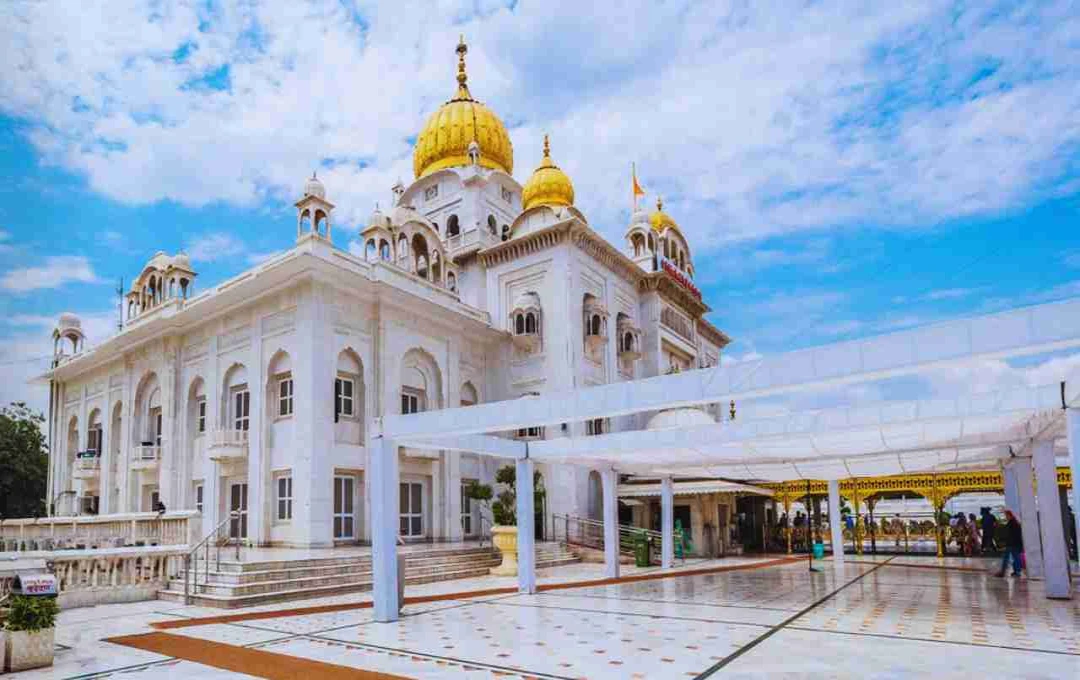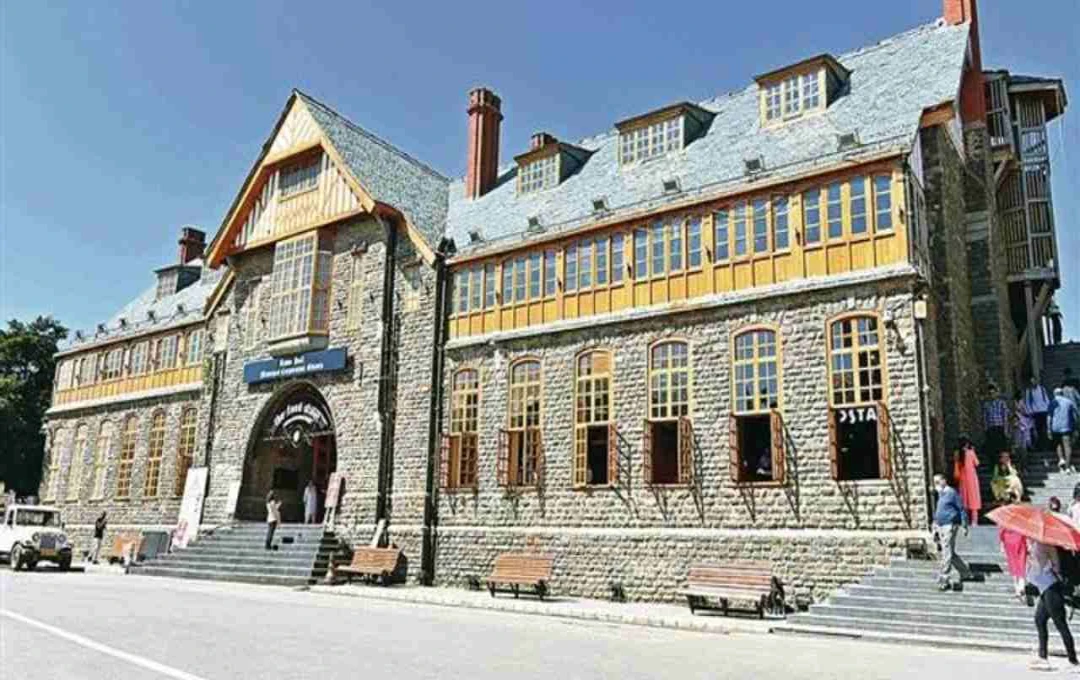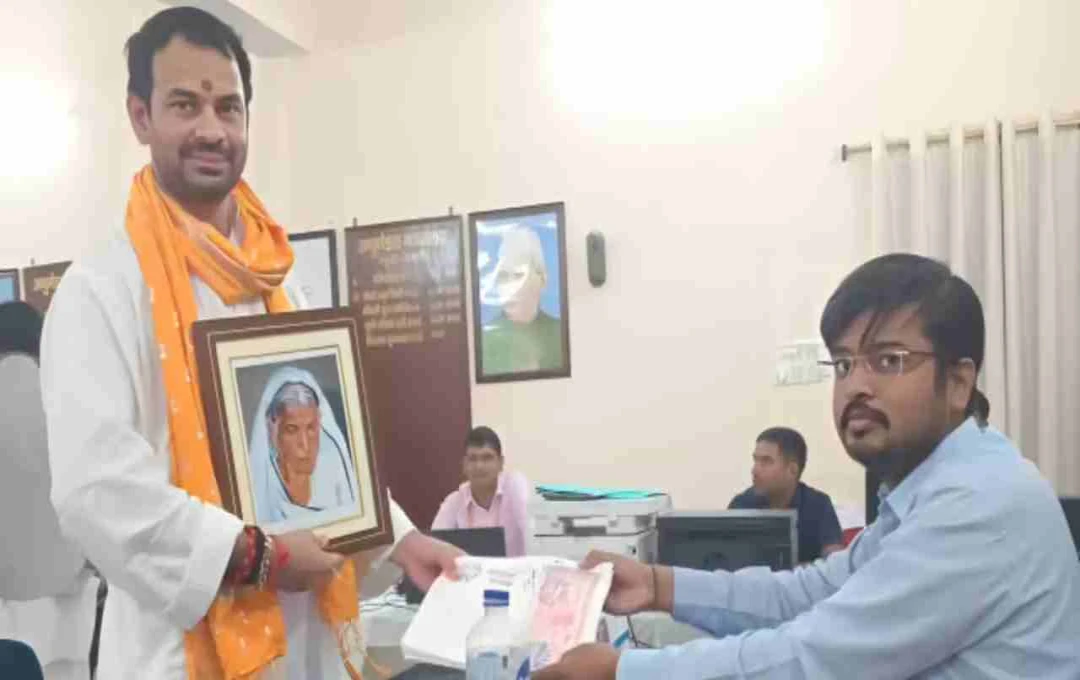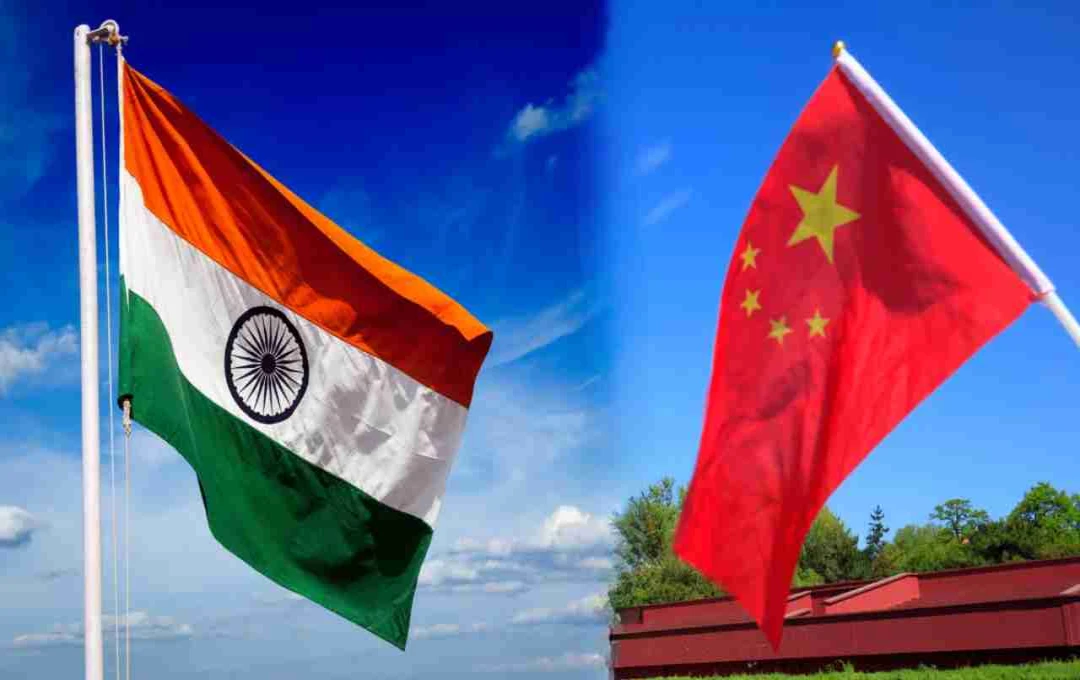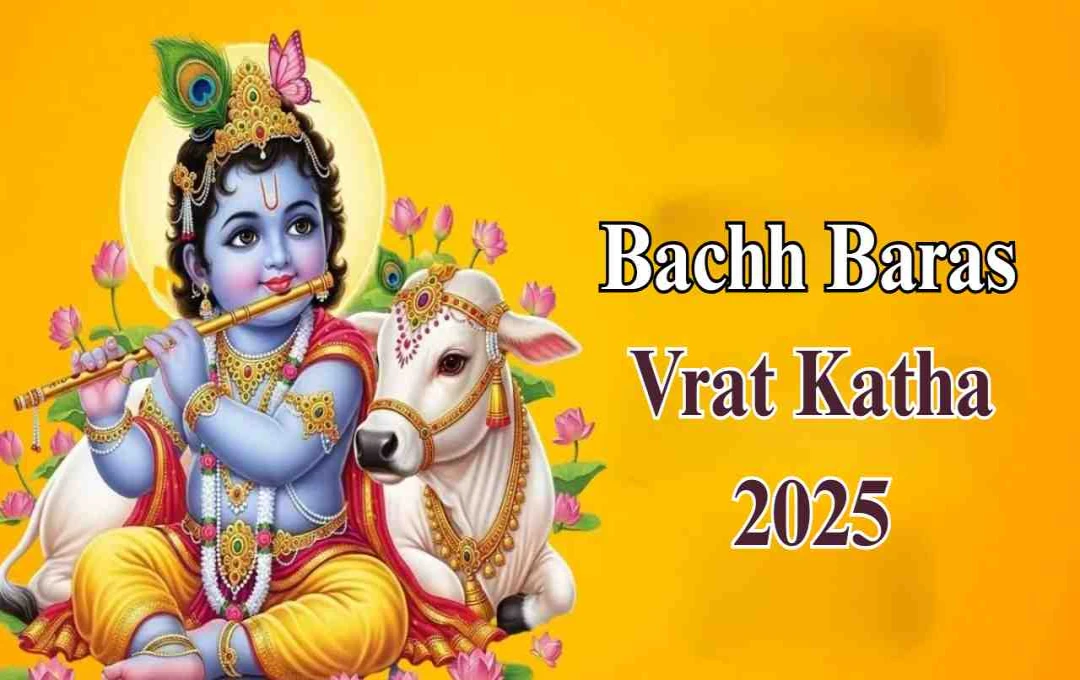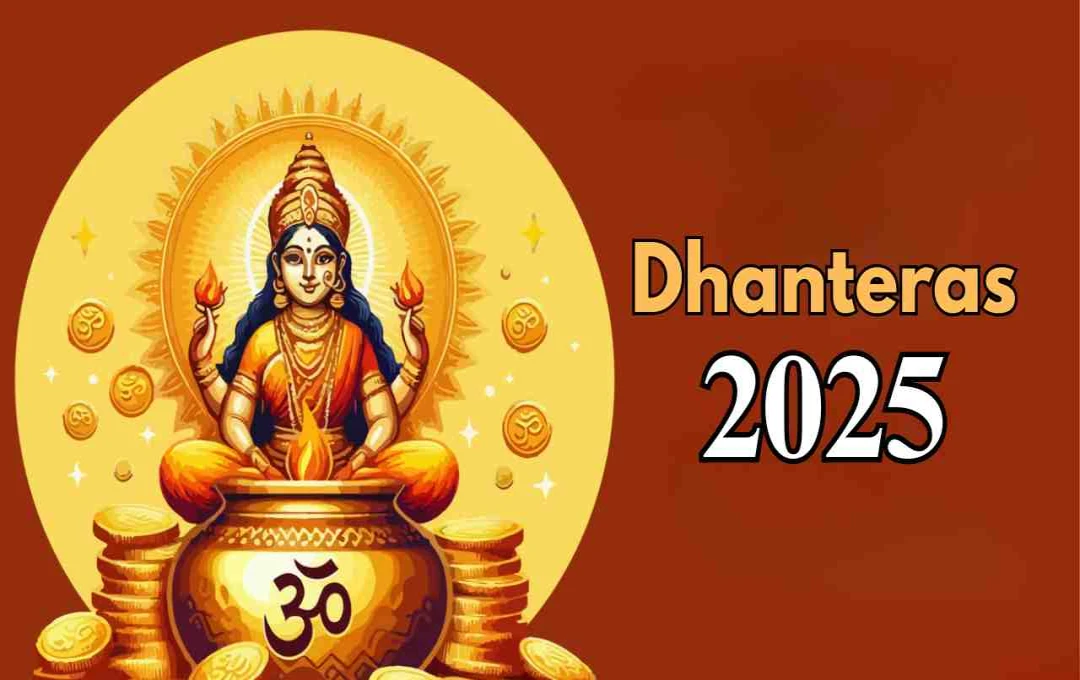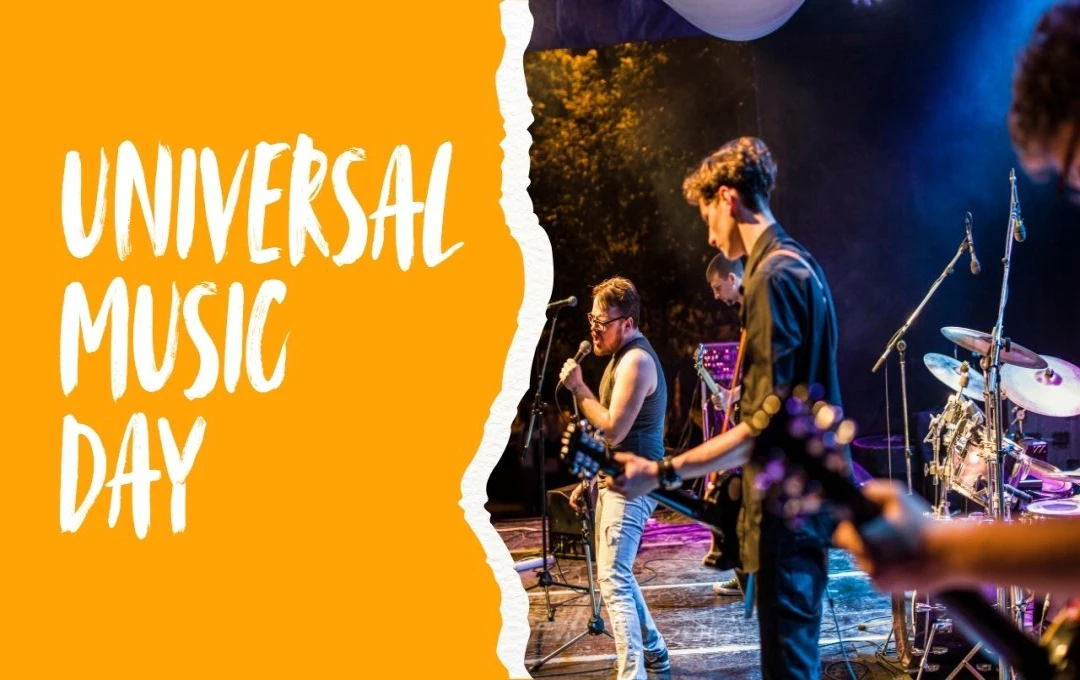Gurdwara Bangla Sahib is an important site of the Sikh faith in Delhi, where Guru Har Krishan spread the message of service and humanity. It is also a center for worship, langar, and social service.
Gurdwara Bangla Sahib: Located in the heart of Delhi, Gurdwara Bangla Sahib is a prominent religious site of the Sikh faith. It is not only a symbol of religious devotion but also a living example of service, humanity, and history. Famous as the residence of the eighth Sikh Guru, Guru Har Krishan, this Gurdwara is known worldwide for its golden dome, vast sarovar (pool), and grand complex.
Gurdwara Bangla Sahib is not merely a place of worship; it presents a living embodiment of the core principles of Sikhism – devotion, service, and humanity. In this article, we will delve into a detailed analysis of its history, architecture, religious significance, and social contributions.
History of Gurdwara Bangla Sahib
The history of Gurdwara Bangla Sahib dates back to the seventeenth century. It was originally the bungalow of Raja Jai Singh of Jaipur. Guru Har Krishan resided in this bungalow when he came to Delhi. Due to the political circumstances of the time, Guru Har Krishan was summoned to Delhi to legitimize his religious and spiritual perspective.
During his stay, Guru Har Krishan played a significant role in serving the people of Delhi. He assisted the sick and the poor and spread the message of compassion and kindness in society. Raja Jai Singh and other local rulers also assisted Guru Har Krishan and arranged for the bungalow to be his residence. Sikhs later converted this bungalow into Gurdwara Bangla Sahib.
The Gurdwara was built in 1783 by Sikh General Sardar Baghel Singh. In the same year, nine major Sikh religious sites in Delhi were also reconstructed. This step was considered a historic event during the reign of the Mughal Emperor Shah Alam II.
Design of Gurdwara Bangla Sahib
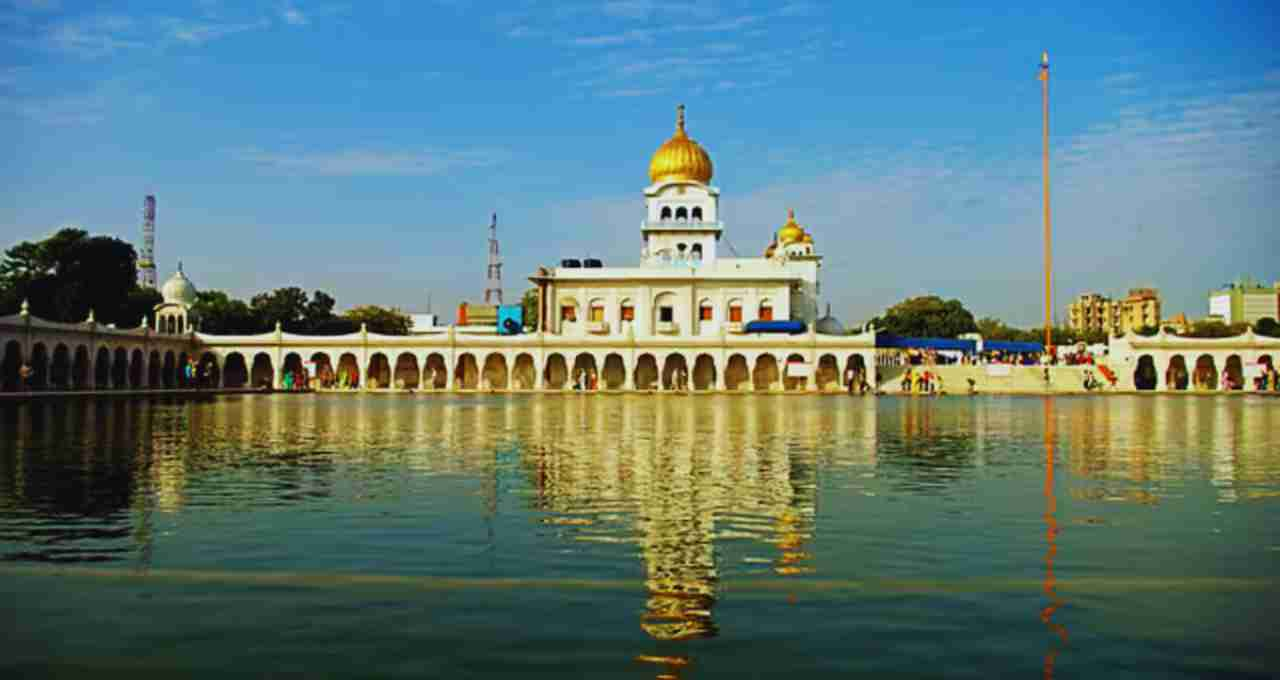
Gurdwara Bangla Sahib is also renowned for its architecture and grandeur. It is situated on Baba Kharak Singh Marg, near Connaught Place in Delhi. Its golden dome and tall flagpole make it recognizable from a distance.
Inside the Gurdwara, there is a large sarovar, known for its holy water. This sarovar measures 225 by 235 feet, and it is surrounded by an 18-foot wide parikrama (circumambulation path) and a 12-foot wide verandah. Devotees wish to be freed from their sins by bathing in this sarovar.
The Gurdwara complex includes a large hall where kirtan and prayers are held. The decoration here and the walls are adorned with glimpses of the lives of the Sikh Gurus. A wonderful blend of Hindu and Sikh architectural styles can be seen in the design of this religious site.
Religious and Spiritual Significance
The greatest significance of Gurdwara Bangla Sahib lies in its religious and spiritual history. The eighth Guru, Guru Har Krishan, spent the last year of his life at this place. This site is considered extremely sacred to Sikhs in remembrance of his residence and service.
In his time, Guru Har Krishan served the sick and the poor and spread the message of humanity and compassion in society. His contribution is still a part of the Gurdwara's mission today. On his birth anniversary every year, special prayers and kirtan are organized, in which members of the Sikh community participate with great reverence and devotion.
Social Service and Contributions
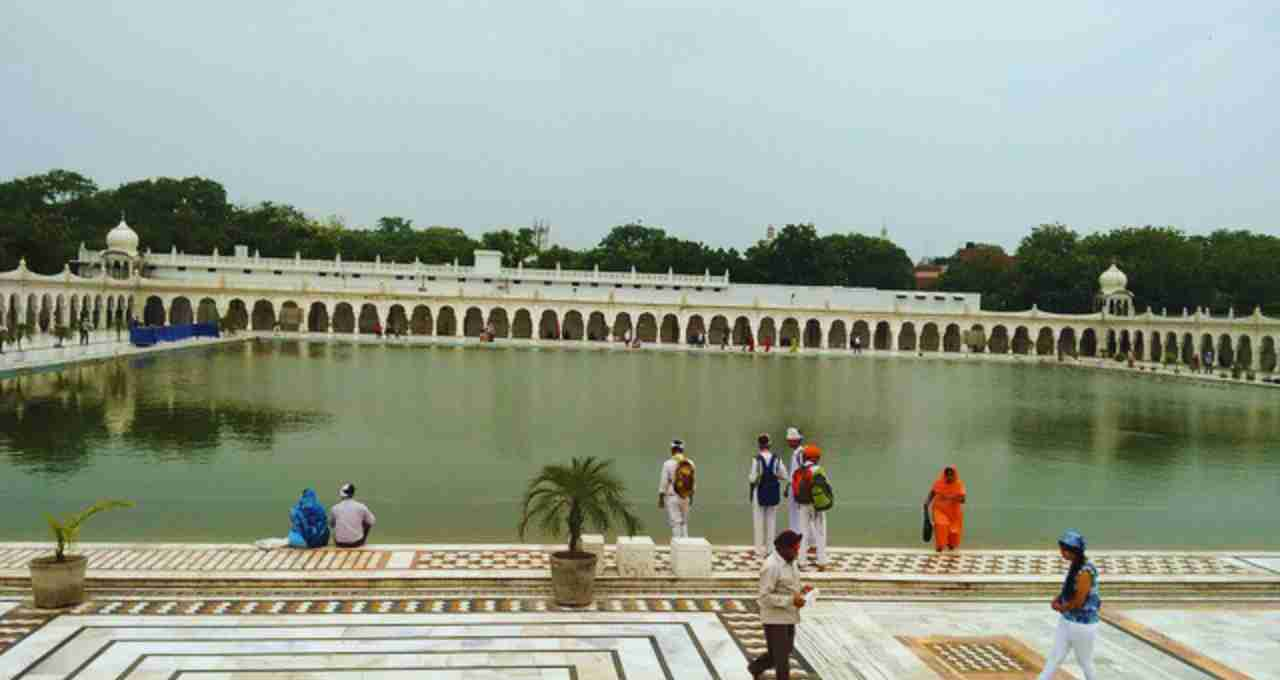
Gurdwara Bangla Sahib is not just a religious site; it is also a center for social service. The tradition of langar (community kitchen) at the Gurdwara is a distinctive feature of the Sikh faith. Free meals are provided to thousands of people daily. This langar conveys the message of faith, devotion, and equality.
In addition, the management committee of the Gurdwara has established a hospital and a diagnostic center. In March 2021, the cheapest diagnostic center was opened at this location, where patients can get MRI and other tests done for just 50 rupees. This initiative has proven extremely beneficial for the poor and needy.
A Khalsa Girls School also operates within the Gurdwara, conveying the message of equality and women's empowerment through education. Furthermore, an art gallery and museum in memory of Baghel Singh are also located here, showcasing the historical perspective of Sikhism and India.
Role in the 1984 Anti-Sikh Riots
Gurdwara Bangla Sahib also played a significant role during the 1984 Anti-Sikh riots. At that time, about 150 Sikhs took refuge in this Gurdwara. External violent elements attempted to enter the Gurdwara, but they were prevented due to the security provided by the management and local people. This incident highlights the importance of the Gurdwara's social and community security.
Tourism and Religious Attraction
Gurdwara Bangla Sahib is also a major tourist destination in Delhi. Its attractive golden dome, holy sarovar, and serene atmosphere provide tourists with a spiritual experience. People come from far and wide to experience the kirtan, discourses, and langar here.
Followers of the Sikh faith do not only come for worship but also to contribute to social service and understand the cultural significance of the Gurdwara. This place is not only a symbol of religious devotion but also a living example of humanity and social service.
Gurdwara Bangla Sahib is not just a religious site of the Sikh faith but also a symbol of service, humanity, and social contribution. The teachings of Guru Har Krishan continue to inspire people towards the path of compassion, equality, and devotion. Through langar, education, and healthcare services, this Gurdwara spreads the message of tolerance and unity in society. The peaceful atmosphere and grand architecture here provide devotees with a spiritual experience, making this site a living example of religious faith and humanity.
